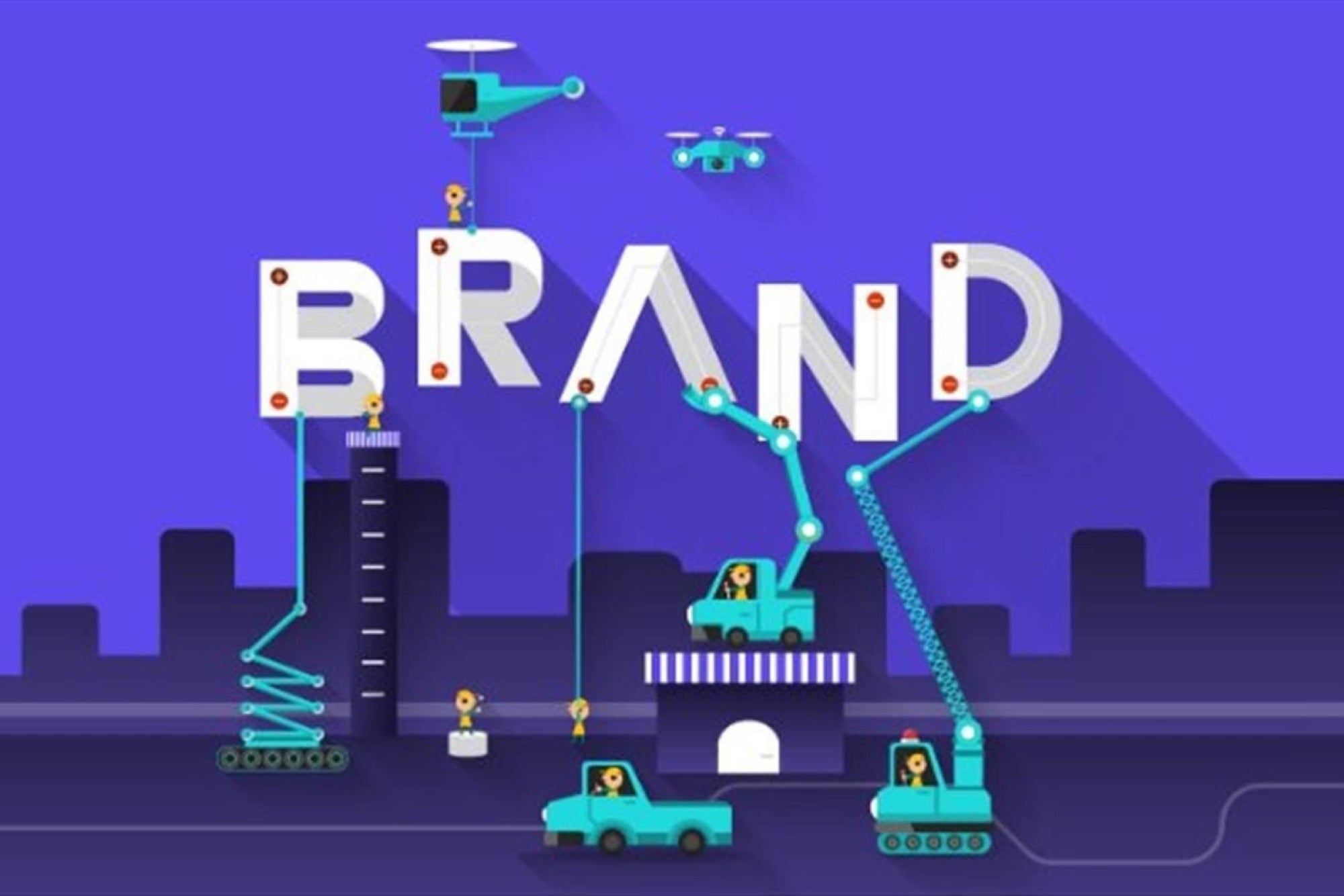How to Build a Brand Identity That Creates a High-Value Company
Opinions expressed by Entrepreneur contributors are their own.
You're reading Entrepreneur India, an international franchise of Entrepreneur Media.

In competitive marketplaces, products and solutions are interchangeable and easily replaceable. For a company to stand out, it needs to add value with its brand.
In this age, corporate value depends not only on what you sell, but who you are. 48% consumers said they wouldn't associate with a company they distrust, while 37% stated they would pay more for a product sold by a company they trust. (Source: Edelman). Today's audience is obsessed with integrity, which is why businesses should concern themselves with reputation more than ever before. To a build a brand identity that is valued, you first need a strong sense of what your brand stands for, an impressive brand image and personality.
The brand construction process is essential, and it begins with finding value.
Finding value
The journey to becoming an exceptional organization starts with an evaluation of your current strengths.
As marketing guru Ashley Friedlein astutely points out, "A brand is the sum total of how someone perceives an organization", and branding is how you shape that perception. The finest way to shape perception is by captivating people with an unmatched idea, story or value.
Brands like Coca Cola are iconized because of their penchant for extraordinary storytelling and the perceived value they have built over 130 years. Their classic campaigns, like "Friendly twist", "Share a coke" or "Happiness machines", sell value beyond the sugar and soda mix that resides in Coke bottles.
The battle of finding unique value begins internally, as branding expert Stephan Liozu says. Salespeople view their brand realistically, while marketing is extra-optimistic and management is harsh. The best brand is a favorable unison of these views.
Designing insignia and experiences
Design is not just what it looks and feels like; it's how it works. One of Steve Jobs' more popular quotes, businesses interprets this as Job's acclaimed approach to brand building.
The brand image is sum of all associations consumers have with your brand, and in the digital world, that includes websites, press, social media and other channels. What consumers see and experience via those channels, decides your brand's performance.
Nirav Dave founder of ProDesigns believes that a brand needs to be four things to succeed - original, attractive, memorable and timeless. He applied these values in acquiring and impressing clients the likes of PepsiCo and JP Morgan, in spite of being a startup in a crowded and competitive space.
Most people are not accustomed to having their expectations surpassed. Focus on designing such an experience, and you will be surprised at the result.
Responding to the environment
When constructing a brand image, how you source your ideas matters. Is it important to consider competition, or best to focus on looking inwards? How much should the market space and your competitor's shape who are you?
John Durham, CEO of Catalyst SF, points out how today's marketplace is saturated, and boasts of few truly original ideas. The brands that stand out are variations of cool ideas, products and services. To be the best variation, you have to understand and be aware of competition.
Google wasn't the first search engine, but it provided advertisers opportunity to serve up ads to information seekers as a response to their queries. Adaptivity ranks over originality.
Reinventing culture
In 1997, when Steve Jobs returned to Apple and assumed control as interim CEO, his first official act was to remarket the brand to its employees. This elaborate internal campaign was designed to renew employee's faith in the company when it was trading stocks well below value.
Martin Roll, a Singapore-based business consultant, believes that it's all about cultivating the right mindset. Until you (and your employees) change the self-image," he says, you can't transition to being a high value company.
Making the shift from delivering commodities to selling higher value is tricky. On this playing field, younger companies may have the decided advantage, because it's easier to make your debut as a market disruptor than to turn into one over time. This is one of the reasons why Uber succeed at revolutionizing travel, while more established cab companies failed.
However, it is possible to rebrand a rooted organization, with the right strategy and mindset.
Perpetuating the mindset
Every unit in the brand matters, from the CEO to the development team and customer support executives. Every malfunction deteriorates your brand, as is true its converse. Each brand unit has a role to play in today's digitized marketplace.
You've probably heard of Richard Branson, irrespective of whether you're an entrepreneur or not, because he has done an exceptionally great job of branding himself. One of the more popular LinkedIn influencers, Branson has also made a name for himself as a thinker and industry leader.
It's not just the CEOs that are driving businesses online, but employees at every level of an organization. Starbucks has a dedicated Twitter account to showcase employee activities and laurels. An internally and externally perpetuated high value mindset results in enhanced brand image.












